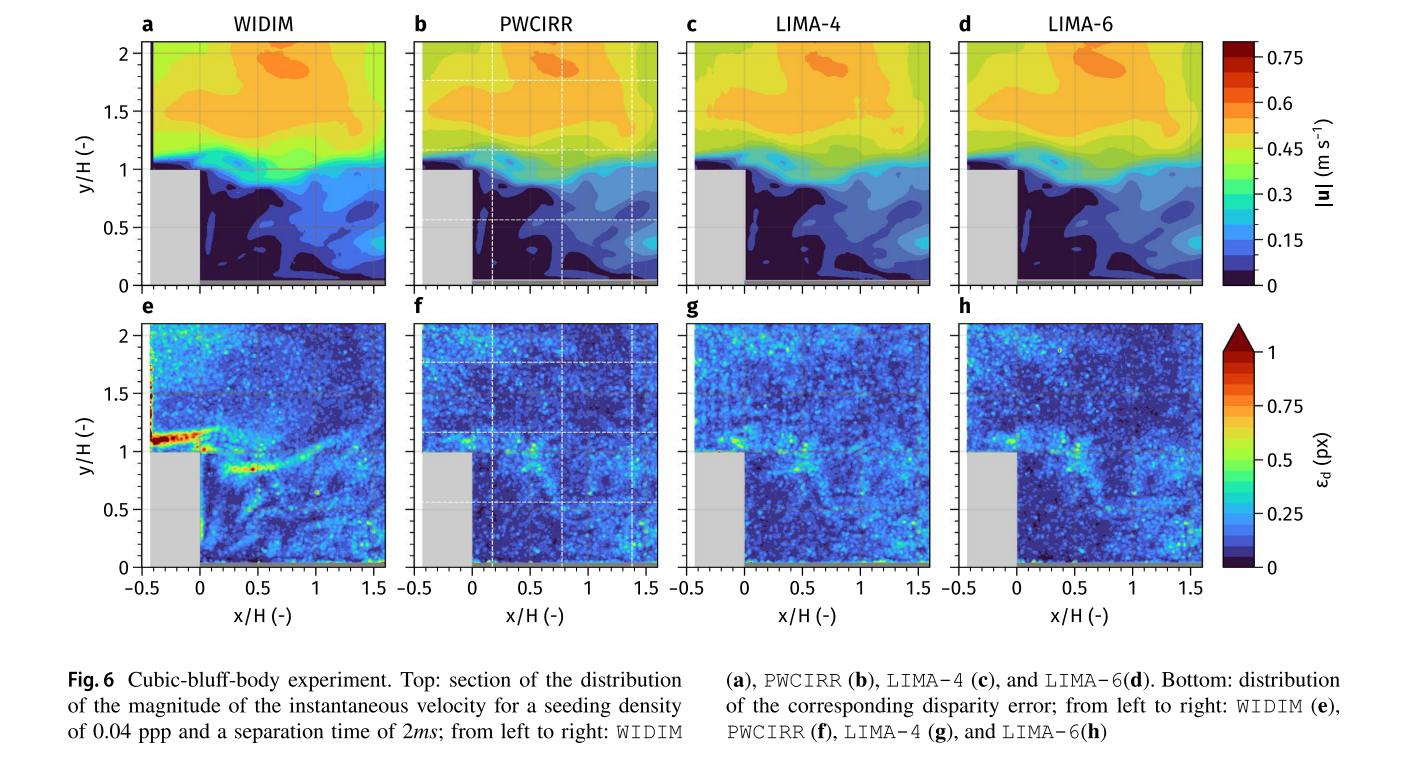Machine Learning for fluid velocimetry and visualization
Recent advances in machine learning have led to the development of several Convolutional Neural Networks (CNNs) for processing Particle Image Velocimetry (PIV) and Background Oriented Schlieren (BOS) data. While these approaches yield promising results, key limitations hinder their broader adoption within the fluid mechanics community. Notably, the generation of training datasets via Direct Numerical Simulations (DNS) across diverse flow regimes and geometries is often computationally prohibitive. Additionally, existing CNN architectures are typically large and computationally demanding, requiring high-end GPU hardware and long processing times.
In response to these challenges, we propose an innovative training methodology based on purely kinematic motion. Specifically, we generate synthetic training sets in which particles are displaced according to randomized velocity fields. This approach enables the efficient production of diverse training datasets with wide-ranging spatial scales, significantly reducing computational costs and enhancing network generalization.
Moreover, we introduce the Lightweight Image Matching Architecture (LIMA) — a novel CNN characterized by a substantially reduced number of parameters. LIMA achieves faster processing speeds than both traditional and state-of-the-art ML methods while maintaining comparable or superior accuracy. Its compact architecture allows for deployment on embedded GPU platforms, opening new possibilities for autonomous, real-time measurement systems in experimental fluid dynamics.


